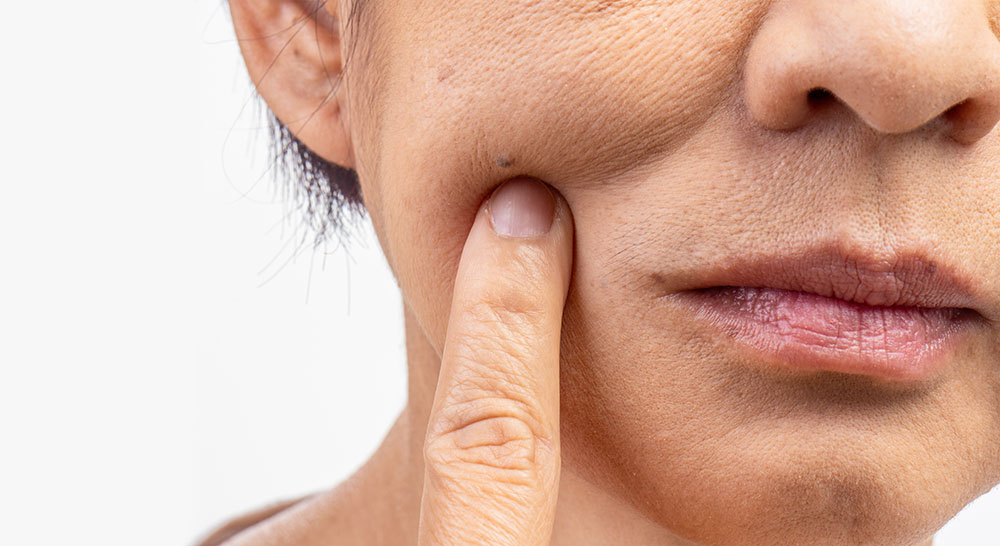
If you’ve been diagnosed with cheek cancer, you may be considering your treatment options. Your first thought may be surgery, but what if we told you there are non-surgical inner cheek cancer treatments for you to explore?
When determining a treatment plan for cheek cancer or oral cavity cancers, your doctor will take note of
These factors will make a significant difference in how a head and neck surgeon removes the tumor. If you decide to forgo surgery, this will also affect the other ways your doctor can kill cancer cells in your cheek.
While surgery is a common option, it surely isn’t a perfect one.
There are a number of downsides when you opt for surgery:
Surgical treatments involve the surgeon physically removing the cancerous tumor wherever it may be. The most common technique is referred to as Mohs surgery, in which a surgeon will start removing the top layer and continue layer by layer until all the cancerous tissue is gone.
Other types of surgery include excisional surgery, in which a surgeon cuts out the cancerous tissue and cryosurgery, in which a surgeon uses liquid nitrogen to freeze and destroy cancer cells.
Non-surgical treatment options, on the other hand, are less invasive and require less time to heal. They often cost much less as well.
While they may take multiple sessions and have a few side effects of their own, there are multiple options to ask your doctor about. Your doctor may even suggest combining multiple non-surgical treatment options to enhance their effectiveness.
These include
GEIPE (Gentle Electrotherapy to Inhibit a Pivotal Enzyme) treatment offers a groundbreaking approach to cheek cancer care. Other treatments involve toxic chemicals or invasive procedures; GEIPE does not.
Instead, GEIPE harnesses gentle electric current to target and inhibit a critical enzyme necessary for cancer cell growth. This non-invasive method is not only non-toxic but highly effective, providing a safe alternative for patients without any scarring, side effects, or long recovery times. It is not being offered by the cancer hospital because it has no money-making potential.
You administer GEIPE treatment yourself at home and reclaim control over your health and life from cancer. The device’s ability to deliver reliable results with minimal intervention makes it the optimal choice for cheek cancer treatment (surgical and non-surgical alike).
Contact us to get started.
⬤ ⬤ ⬤